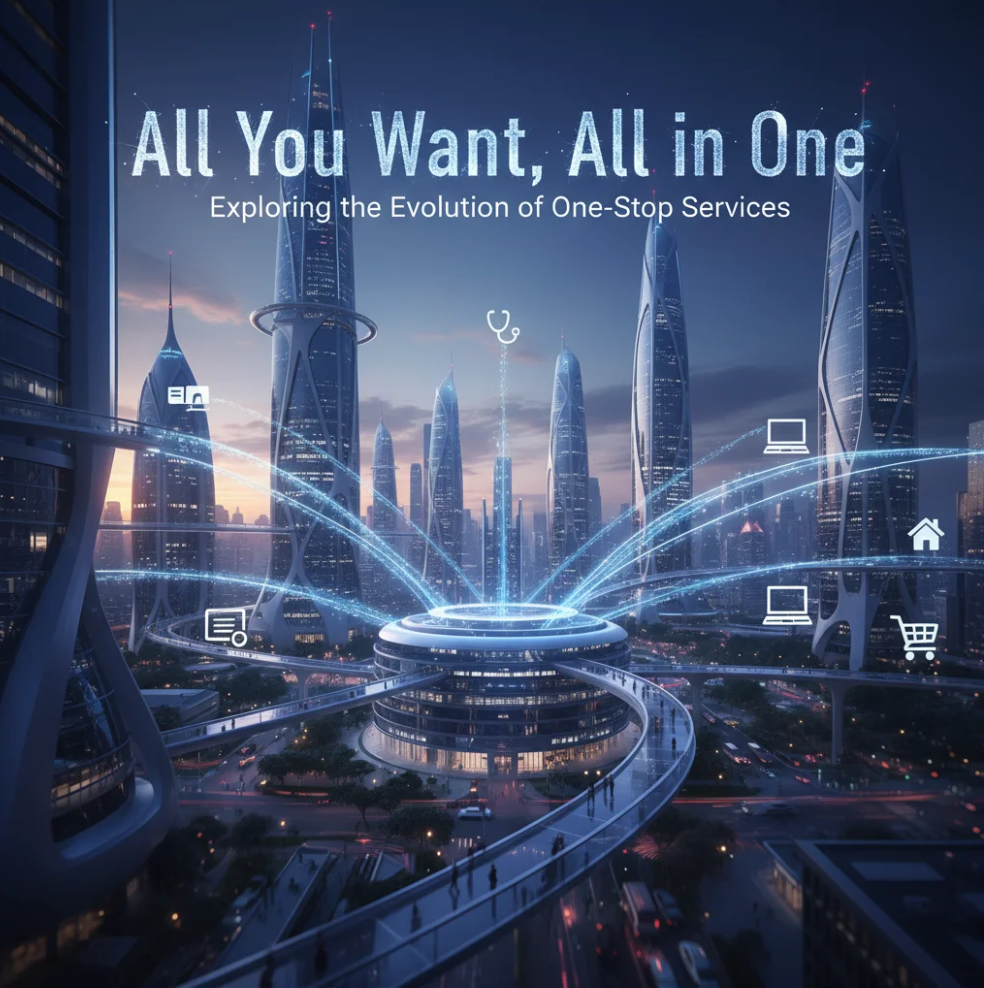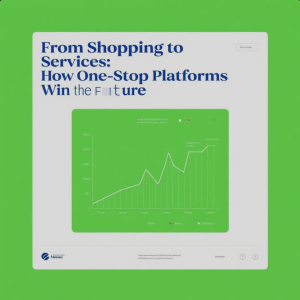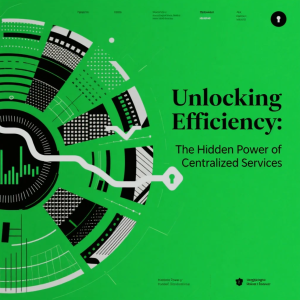In a world where time is priceless, convenience has become the ultimate luxury. The rise of one-stop services — platforms or businesses that offer everything you need in one place — reflects how modern consumers crave simplicity, speed, and integration.
From e-commerce marketplaces to super apps and digital ecosystems, the evolution of one-stop services shows how technology has reshaped the way we live, work, and shop.
1. The Origins of One-Stop Convenience
The concept of a one-stop service isn’t new. It began with brick-and-mortar department stores, where customers could find clothing, home goods, and food all under one roof.
As technology advanced, the idea moved online. Websites like Amazon, Alibaba, and eBay took the same principle and digitized it — offering global customers access to millions of products without leaving their homes.
These early innovators set the stage for a new era of consumer convenience.
2. The Digital Age: From Platforms to Ecosystems
The next wave came with the rise of super apps and integrated platforms. Companies like Grab, Gojek, and WeChat began combining transportation, payments, food delivery, and messaging into a single ecosystem.
This digital transformation means users can now shop, pay, communicate, and manage their lifestyle seamlessly in one place.
For businesses, it’s a win-win:
- Improved customer loyalty through convenience.
- Increased cross-service engagement.
- A treasure trove of data insights for innovation.
3. How One-Stop Services Shape Consumer Behavior
Consumers today expect everything to be instant, unified, and effortless.
One-stop platforms have redefined this by offering:
- Streamlined user experiences across multiple needs.
- Personalized recommendations through data analytics.
- Faster decision-making due to integrated tools.
This evolution has made one-stop services not just an option but a new consumer standard.
4. Challenges and the Future Ahead
While one-stop services bring convenience, they also face challenges:
- Data privacy concerns due to integrated systems.
- Market monopolization by large tech players.
- Balancing personalization with user autonomy.
The future of one-stop services will depend on ethical innovation — ensuring technology empowers rather than overwhelms users.
Conclusion: The Power of Simplicity
The story of one-stop services is one of efficiency meeting evolution. As technology continues to merge industries, the companies that thrive will be those who understand a simple truth:
Consumers don’t just want more — they want everything that matters, all in one place.




